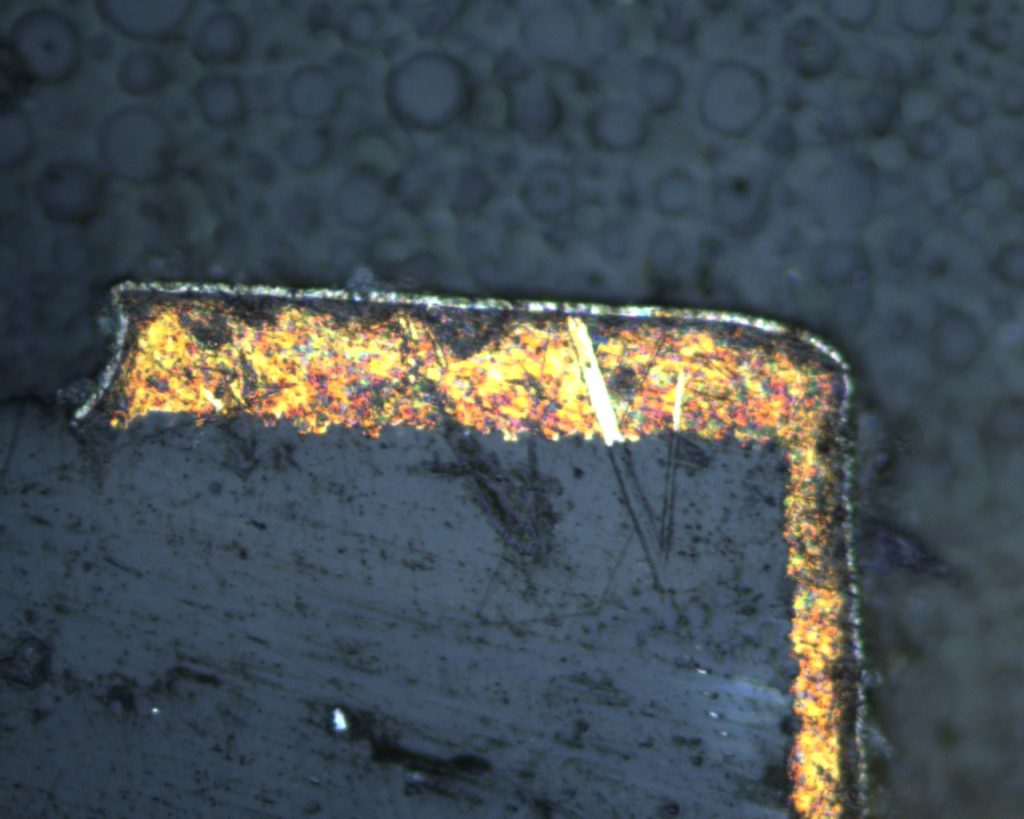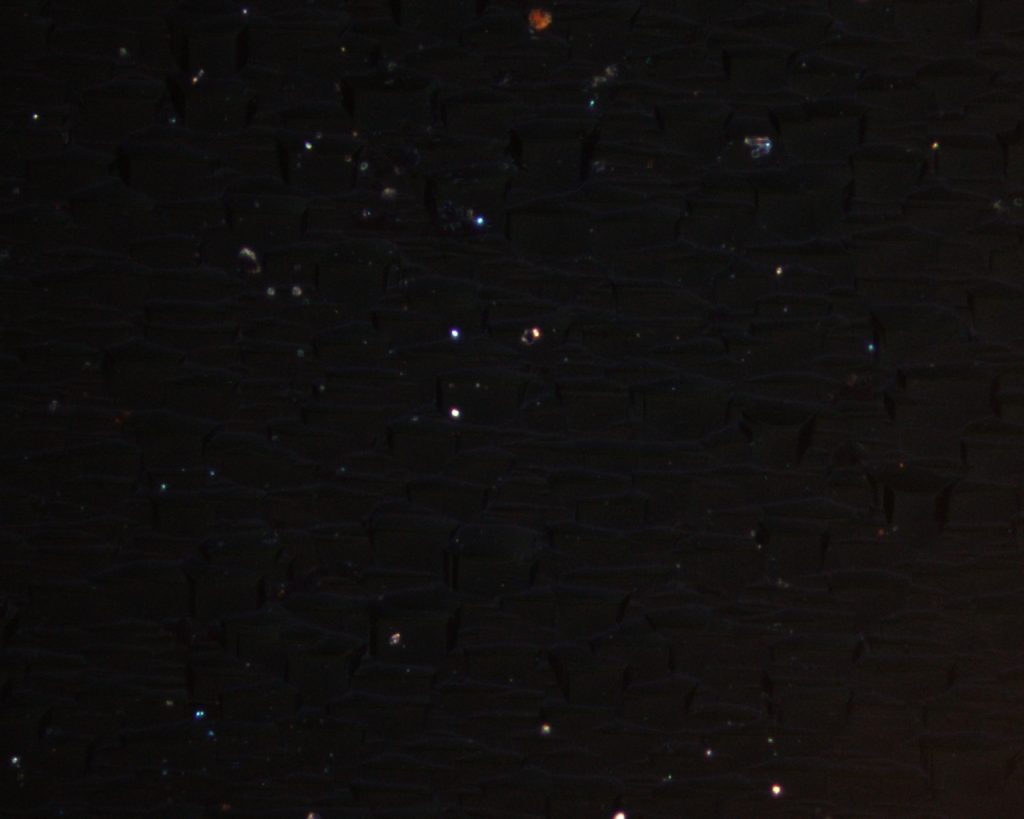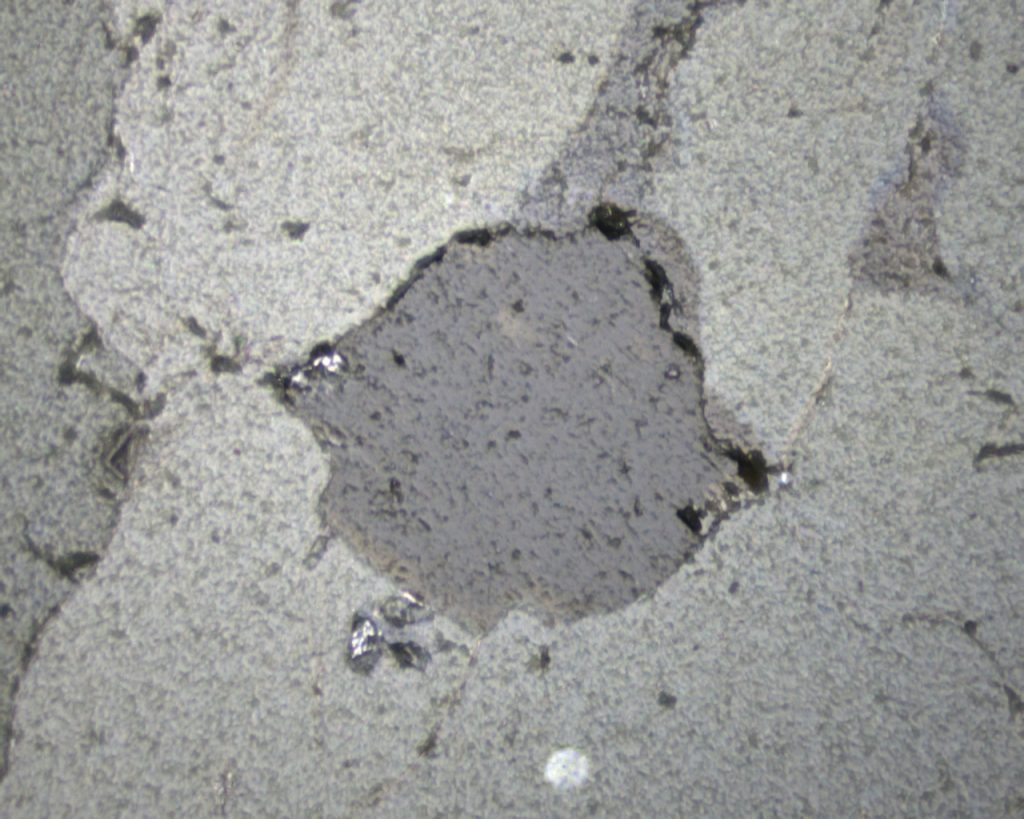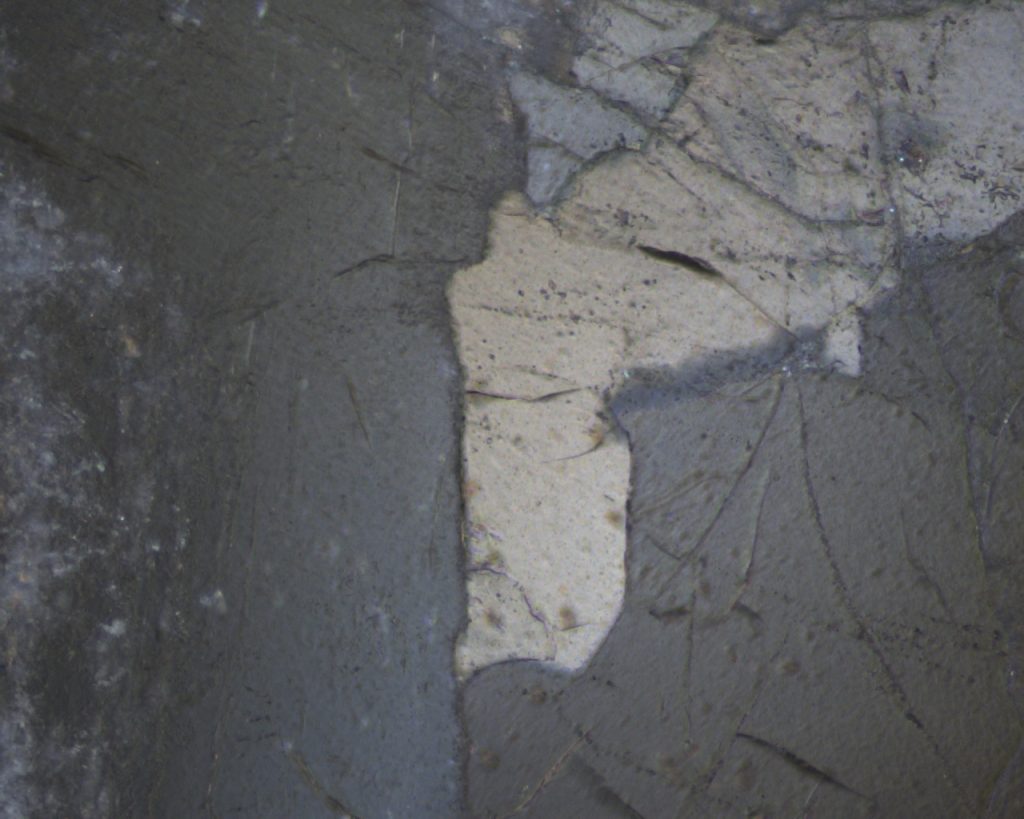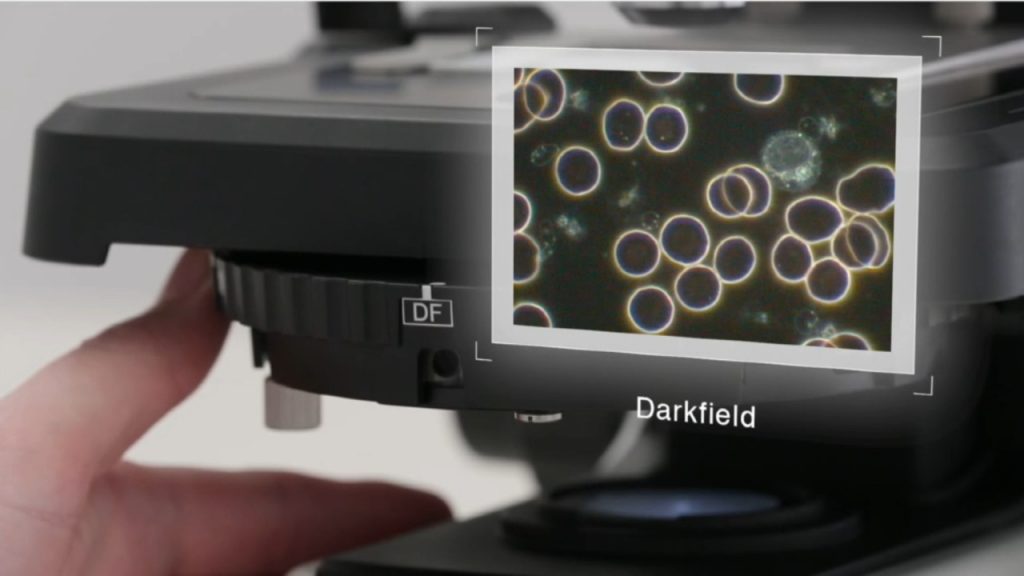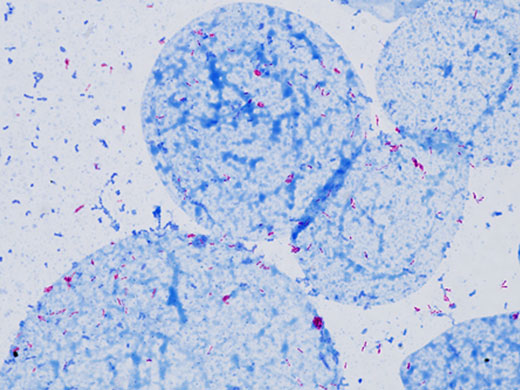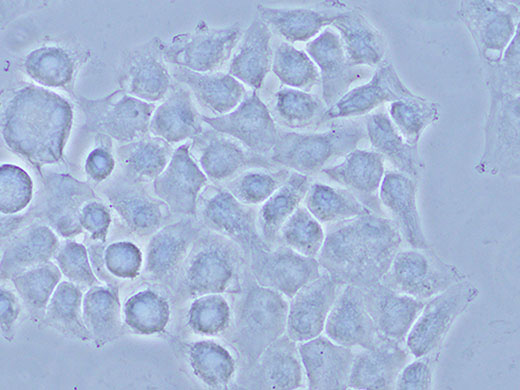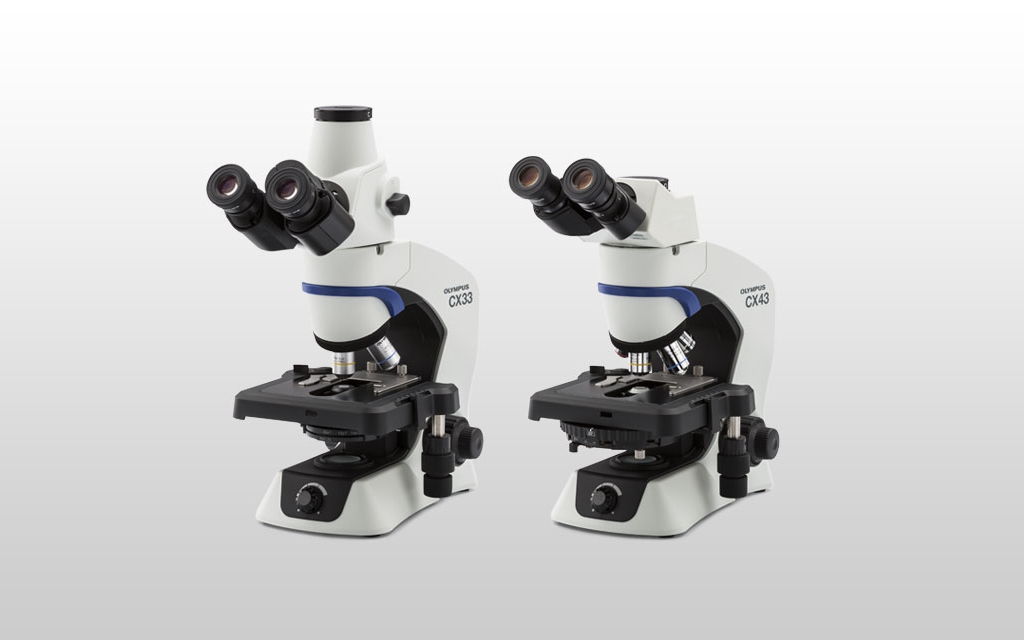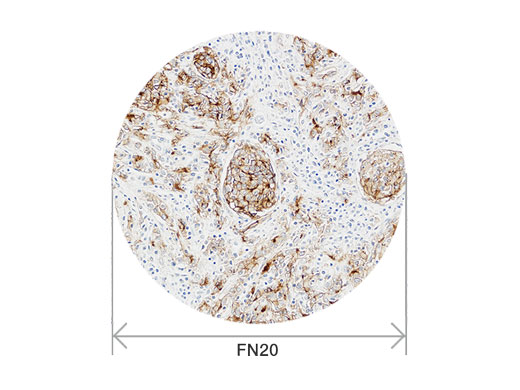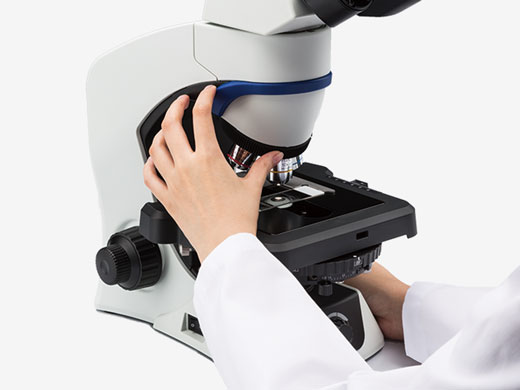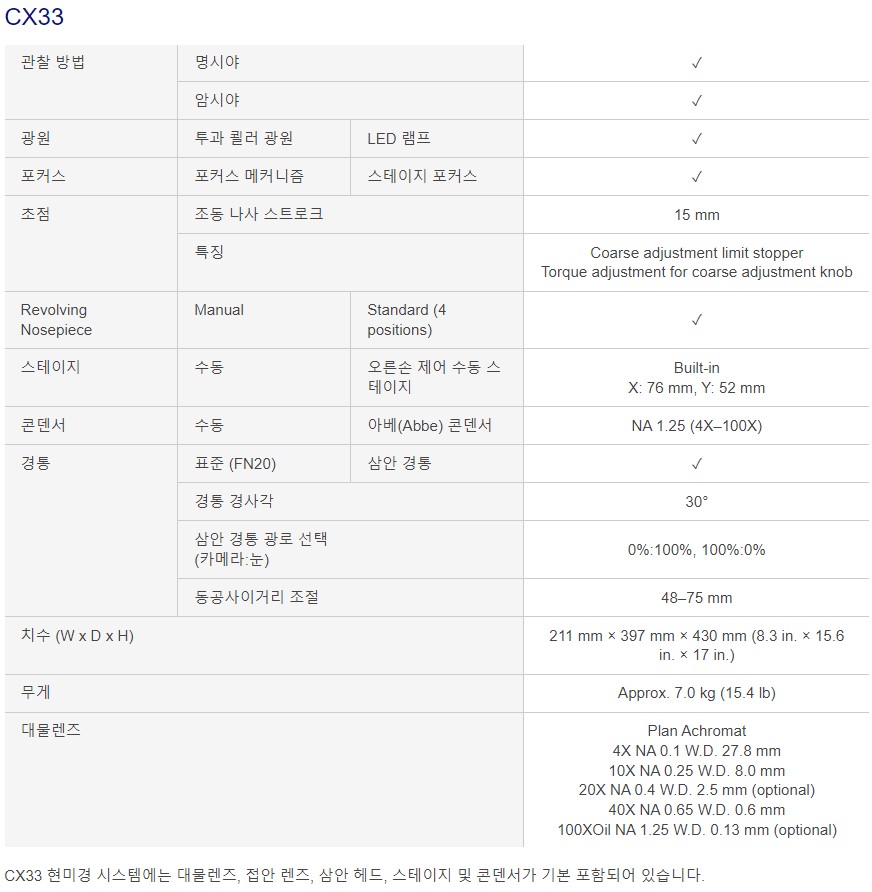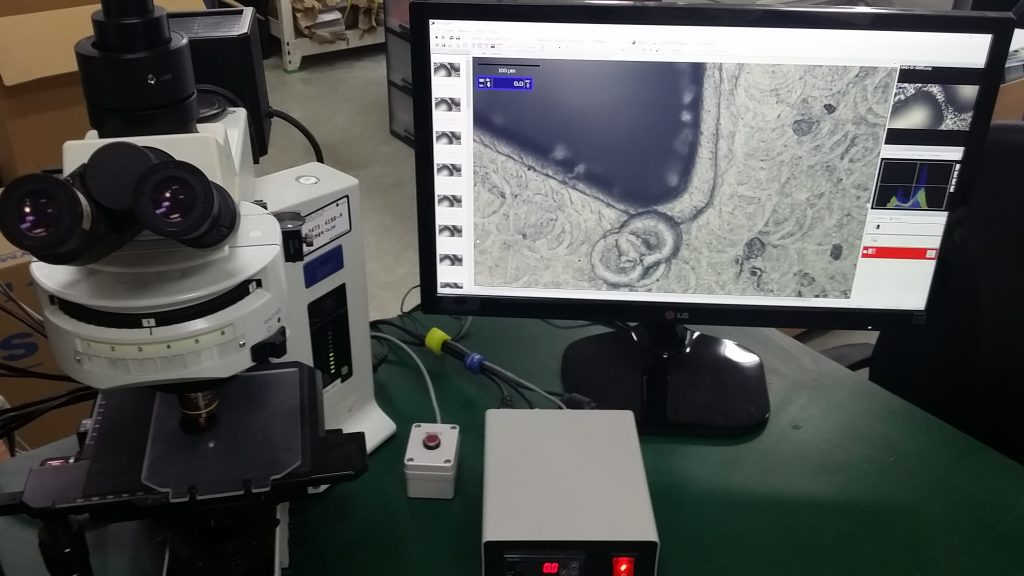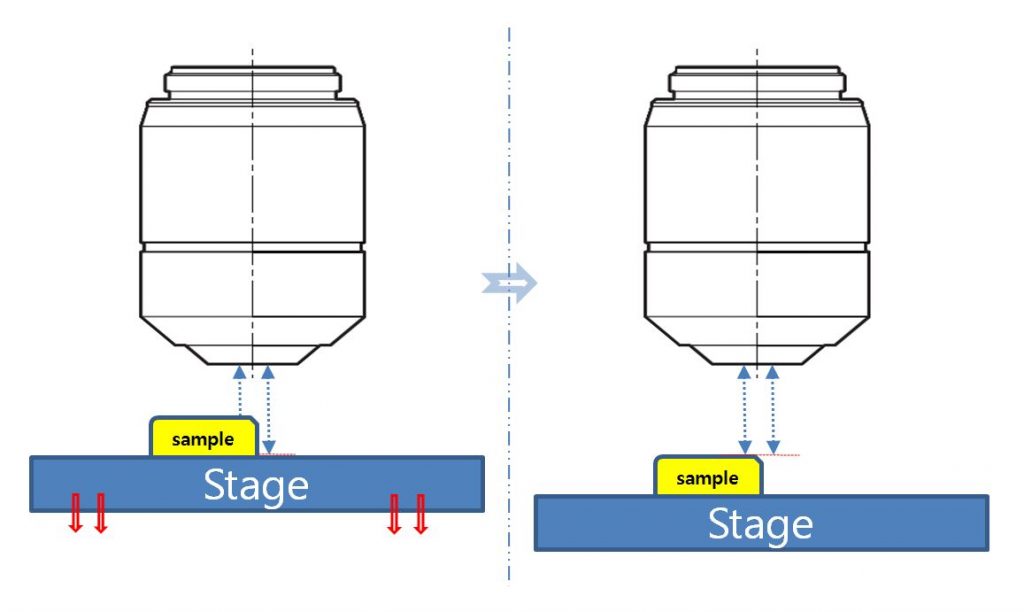Abberior Cage 500
Abberior Cage 532
Abberior Cage 590
Abberior Cage 635
Abberior Flip 565
Abberior Live 510
Abberior Live 515
Abberior Live 580
Abberior rsEGFP
Abberior rsEGFP2
Abberior Star 440SXP
Abberior Star 470SXP
Abberior Star 488
Abberior Star 512
Abberior Star 520SXP
Abberior Star 600
Abberior Star 635
Abberior Star 635p
Abberior Star Red
Acridine Orange + DNA
If workers must detect fluorescence from both RNA and DNA-bound Acridine Orange a longpass set such as 49012 is recommnded. 49011, 39002 may be used with LEDs with CWL 465-495nm; 49002 may be used with 455-485nm CWL LEDs.
Acridine Orange + DNA and RNA
49012 may be used with LEDs with CWL 465-495nm; 19002 may be used with 470-490nm CWL LEDs.
Acridine Orange + RNA
39009 may be used with LEDs with CWL 470-490nm; 49024 may be used with 430-450nm CWL LEDs.
Alexa Fluor 350™
49000 may be used with LEDs with CWL 350-365nm; 39000 may be used with 365-380nm CWL LEDs.
Alexa Fluor 405
49021 may be used with LEDs with CWL 400-410nm.
Alexa Fluor 488™
49011, 39002 may be used with LEDs with CWL 465-495nm; 49002 may be used with 455-485nm CWL LEDs.
Alexa Fluor 514™
49003, 39003 may be used with LEDs with CWL 490-505nm; 49023 may be use with 485-515nm CWL LEDs.
Alexa Fluor 532™
49014 may be used with LEDs with CWL520-540nm.
Alexa Fluor 546™
49004, 49305 may be used with LEDs with CWL 535-555nm; 39004 may be used with 535-550nm CWL LEDs.
Alexa Fluor 555™
49004, 49305 may be used with LEDs with CWL 535-555nm; 39004 may be used with 535-550nm CWL LEDs.
Alexa Fluor 568™
49031 may be used with LEDs with CWL from 560-580nm; 49008, 39010 may be used with 545-575nm LEDs.
Alexa Fluor 594™
49008, 39010 may be used with LEDs with CWL 545-575nm; 49306 may be used with 570-595nm CWL LEDs.
Alexa Fluor 610™
Alexa Fluor 633™
49015 may be used with LEDs with CWL 585-620nm.
Alexa Fluor 647™
49006 may be used with LEDs with CWL 595-640nm; 39007 may be used with 600-635nm CWL LEDs; 49009 may be used with 625-650nm CWL LEDs.
Alexa Fluor 680™
49022 may be used with LEDs with CWL 635-665nm.
Alexa Fluor 700™
49022 may be used with LEDs with CWL 635-665nm.
Alexa Fluor 750™
49007 may be used with LEDs with CWL 685-740nm.
Alexa Fluor 790™
49037 may be used with LEDs with CWL 725-755nm.
Allophycocyanin (APC)
49006 may be used with LEDs with CWL 595-640nm; 39007 may be used with 600-635nm CWL LEDs.
AmCyan
49001, 39001 may be used with LEDs with CWL 430-440nm.
AsRed2
49005, 49305 may be used with LEDs with CWL 535-555nm.
Atto 390
49028 may be used with LEDs with CWL385-405nm.
Atto 425
49013 may be used with LEDs with CWL 435-455nm; 39001 may be used with 430-440nm CWL LEDs.
Atto 465
49002 may be used with LEDs with CWL 455-485nm.
Atto 488
49011, 39002 may be used with LEDs with CWL 470-490nm; 49003 set may be used with 490-505nm LED.
Atto 550
49004, 49305 may be used with LEDs with CWL 535-555nm; 39004 may be used with 535-550nm CWL LEDs.
Atto 633
49015 may be used with LEDs with CWL 585-620nm.
Atto 647N
49006 may be used with LEDs with CWL 595-640nm; 39007 may be used with 600-635nm CWL LEDs; 49009 may be used with 625-650nm CWL LEDs.
Atto 680
49022 may be used with LEDs with CWL 635-665nm.
Auramine
JNO-19008 may be used with LEDs with CWL 435-470nm.
Auramine-rhodamine
19002 may be used with LEDs with CWL 470-490nm.
Azami Green
49002 may be used with LEDs with CWL 455-485nm; 49020 may be used with 475-485nm CWL LEDs; 39002 may be used with 470-490nm CWL LEDs.
BB515
49308 may be used with LEDs with CWL 475-495nm. 49303 may be used with 490-505nm CWL LEDs. 49303 is only recommended when multiplexing with BV480.
BCECF/pH 5.2
BCECF/pH 9.0
Biosearch Blue
49000 may be used with LEDs with CWL 350-365nm; 39000 may be used with 365-380nm CWL LEDs and 49028 may be used with 385-400nm CWL LEDs.
BODIPY FL/pH7.2
49011, 39002 may be used with LEDs with CWL 470-490nm; 49003 set may be used with 490-505nm LED.
Brilliant Violet™ 421
49027 may be used with LEDs with CWL 385-405nm.
Brilliant Violet™ 480
49032, 49302 and 49001 may be used with LEDs with CWL 430-440nm.
Brilliant Violet™ 510
Brilliant Violet™ 570
Brilliant Violet™ 605
Brilliant Violet™ 650
Brilliant Violet™ 711
Brilliant Violet™ 750
Brilliant Violet™ 786
Brilliant™ Ultraviolet 395
Brilliant™ Ultraviolet 496
Brilliant™ Ultraviolet 661
Brilliant™ Ultraviolet 737
Brilliant™ Ultraviolet 805
CAL Fluor® Gold 540
49023 may be use with LEDs with CWL 490-520nm; 49014 may be used with 520-540nm CWL LEDs.
CAL Fluor® Orange 560
49014 may be used with LEDs with CWL520-540nm; 49023 may be use with 490-520nm CWL LEDs.
Contact Us
CAL Fluor® Red 590
49031 may be used with LEDs with CWL from 560-580nm; 49005 may be used with 535-555nm CWL LEDs and 39004 may be used with 535-550nm CWL LEDs
CAL Fluor® Red 610
49306 may be used with LEDs with CWL 570-595nm; 49008, 39010 may be used with 545-575nm CWL LEDs.
CAL Fluor® Red 635
49015 may be used with LEDs with CWL 585-620nm.
Calcein
49011, 39002 may be used with LEDs with CWL 470-490nm; 49003 set may be used with 490-505nm LED.
Calcium Green™-1
49011, 39002 may be used with LEDs with CWL 470-490nm; 49003 set may be used with 490-505nm LED.
Calcofluor White
Calcofluor White is a commonly used stain to detect fungi and yeast and other microorganisms. It is a non-specific stain which preferentially binds to chitin and cellulose in cell walls and as such is also used to visualize plant cells. Calcofluor White has extremely broad excitation/emission spectra, and as a result almost any filter set with UV or violet/blue excitation wavelengths will generate fluorescence emission which may be detected across a very broad range. Some samples will fluoresce strongly in the green wavelengths, others in the blue, and others yellow-orange. Because of this, filter selection is subjective, partly depending on the experience of the microscopist. Our filter sets 19012, 19000, and 19011 may be used successfully depending on the sample and the observer’s preference. 19000 and 19012 may be used with LEDs with CWL 365-380nm; 19011 may be used with 395-410nm CWL LEDs.
Cerulean
49001, 39001 may be used with LEDs with CWL 430-440nm.
CFP
49001, 39001 may be used with LEDs with CWL 430-440nm.
Citrine
49003, 39003 may be used with LEDs with CWL 490-505nm.
Coumarin
49000 may be used with LEDs with CWL 350-365nm; 39000 may be used with 365-380nm CWL LEDs, 19011 may be used with 395-410nm CWL LEDs.
Cy2™
49011, 39002 may be used with LEDs with CWL 470-490nm; 49003 set may be used with 490-505nm LEDs.
Cy3.5™
49031 may be used with LEDs with CWL from 560-580nm; 49008, 39010 may be used with 545-575nm LEDs.
Cy3™
49004, 49005 may be used with LEDs with CWL 535-555nm; 39004 may be used with 535-550nm CWL LEDs.
Cy5.5™
49022 may be used with LEDs with CWL 635-665nm.
Cy5™
49006 may be used with LEDs with CWL 595-640nm; 39007 may be used with 600-635nm CWL LEDs; 49009 may be used with 625-650nm CWL LEDs.
Cy7™
49007 may be used with LEDs with CWL 685-740nm.
DAPI
49000 may be used with LEDs with CWL 350-365nm; 39000 may be used with 365-380nm CWL LEDs, 49028 may be used with 385-400nm CWL LEDs.
Di-8-ANEPPS non-ratiometric
39009 may be used with LEDs with CWL 470-490nm.
Di-8-ANEPPS, ratiometric
This dye and the related dye, Di-4-ANEPPS, are most effectively used as ratiometric indicators of membrane potential. Increases in membrane potential are indicated by a decrease in fluorescence intensity with approx. 440nm excitation and an increase in fluorescence intensity with approx. 530nm excitation. Use of this 71006 filter set requires an external filter wheel to house the 2 excitation filters and to facilitate rapid switching of filters for ratiometric measurements.
DiA
49024 may be used with LEDs with CWL 425-455nm; 39009, 19010 may be used with 470-490nm CWL LEDs.
DiD
49006 may be used with LEDs with CWL 595-640nm; 39007 may be used with 600-635nm CWL LEDs.
DiI
49004, 49305 may be used with LEDs with CWL 535-555nm; 39004 may be used with 535-550nm CWL LEDs.
DiO
49002 may be used with LEDs with CWL 455-485nm; 49020 may be used with 475-485nm CWL LEDs; 39002 may be used with 470-490nm CWL LEDs.
DiR
49007 may be used with LEDs with CWL 685-740nm.
Draq5
49006 may be used with LEDs with CWL 595-640nm; 39007 may be used with 600-635nm CWL LEDs.
DsRed
49004 may be used with LEDs with CWL 535-555nm; 39004 may be used with 535-550nm CWL LEDs.
DyLight 350
49000 may be used with LEDs with CWL 350-365nm; 39000 may be used with 365-380nm CWL LEDs.
DyLight 405
49021 may be used with LEDs with CWL 400-410nm; 19011 may be used with 395-410nm CWL LEDs.
DyLight 488
49011, 39002 may be used with LEDs with CWL 465-495nm; 49002 may be used with 455-485nm CWL LEDs.
DyLight 549
49004, 49305 may be used with LEDs with CWL 535-555nm; 39004 may be used with 535-550nm CWL LEDs.
DyLight 594
49008, 39010 may be used with LEDs with CWL 545-575nm; 49306 may be used with 570-595nm CWL LEDs.
DyLight 633
49015 may be used with LEDs with CWL 585-620nm.
DyLight 649
49006 may be used with LEDs with CWL 595-640nm; 39007 may be used with 600-635nm CWL LEDs; 49009 may be used with 625-650nm CWL LEDs.
DyLight 680
49022 may be used with LEDs with CWL 635-665nm.
DyLight 750
49007 may be used with LEDs with CWL 685-740nm.
DyLight 800
49037 may be used with LEDs with CWL 725-755nm.
EBFP2
49028 may be used with LEDs with CWL 385-400nm, 49021 may be used with 400-410nm CWL LEDs.
ECFP
49001, 39001 may be used with LEDs with CWL 430-440nm.
EGFP
49002 may be used with LEDs with CWL 455-485nm; 49020 may be used with 475-485nm CWL LEDs; 39002 may be used with 470-490nm CWL LEDs.
Emerald GFP
49002 may be used with LEDs with CWL 455-485nm; 49020 may be used with 475-485nm CWL LEDs; 39002 may be used with 470-490nm CWL LEDs.
Eosin
49023 may be used with LEDs with CWL 490-520nm.
Ethidium Bromide
49005 may be used with LEDs with CWL 535-555nm; 39009 may be used with 470-490nm CWL LEDs.
Ethidium homidimer-1/DNA
49005 may be used with LEDs with CWL 535-555nm; 39005 may be used with 535-550nm CWL LEDs.
EYFP/pH 7
49003, 39003 may be used with LEDs with CWL 490-505nm.
FAM
49011, 39002 may be used with LEDs with CWL 465-495nm; 49002 may be used with 455-485nm CWL LEDs.
FITC
49011, 39002 may be used with LEDs with CWL 465-495nm; 49002 may be used with 455-485nm CWL LEDs.
FlAsH-CCPFCC
49003, 39003 may be used with LEDs with CWL 490-505nm.
Fluo-3
49003 may be used with LEDs with CWL 490-505nm; 49011 may be used with 465-495nm CWL LEDs.
Fluo-4
49011, 39002 may be used with LEDs with CWL 465-495nm; 49002 may be used with 455-485nm CWL LEDs.
FluoroGold
This dye has mainly been used as a retrograde neuronal tracer, although it can also distinguish between DNA and RNA binding according to its fluorescence emission. With two excitation peaks at approx. 330nm and 390nm, and two emission peaks at approx. 450nm and 600nm, our DAPI longpass filter sets 49025 and 19012 are appropriate for detection of the fluorescence emission associated with the both peaks, which together appear “gold”. The 49025 set is also useful for distinguishing between FluoroGold bound to DNA or RNA.
FM™ 1-43
39009, 19010 may be used with LEDs with CWL 470-490nm.
FM™ 4-64
For imaging applications using a monochrome camera, this longpass filter set will not distinguish FM 4-64 from TRITC or similar orange/red fluorochromes. To be able to distinguish between FM 4-64 and TRITC or Texas Red-like fluorochromes, contact us for a custom filter set. 19010 may be used with LEDs with CWL 470-490nm; 19006 may be used with 545-575nm CWL LEDs.
Fura Red/Ca2+ – saturated
Fura Red/Ca2+ -free
Fura-2/Ca2+ – free
Fura-2/Ca2+ – saturated
FusionRed
49008, 39010 and 49017 may be used with LEDs with CWL 545-575nm.
GFP
EGFP spectra used here; similar to Emerald GFP, TagGFP, Azami Green, mWasabi, etc.49002 may be used with LEDs with CWL 455-485nm; 49020 may be used with 475-485nm CWL LEDs; 39002 may be used with 470-490nm CWL LEDs.
HEX,SE
49014 may be used with LEDs with CWL520-540nm; 49023 may be use with 485-515nm CWL LEDs.
Hoechst 33258
49000 may be used with LEDs with CWL 350-365nm; 39000 may be used with 365-380nm CWL LEDs.
Indo-1/Ca2+ -free
79006 may be used with LEDs with CWL 365nm.
Indo-1/Ca2+ -saturated
79006 may be used with LEDs with CWL 365nm.
Indocyanine Green
The spectral properties of ICG are strongly dependent on its concentration and the solute it is bound to, so care must be taken by workers to characterize their particular model system. This filter set 49030 is appropriate for most applications involving protein-bound ICG in various physiological media. ICG becomes concentrated in lipid environments, greatly shifting its spectral properties. 49030 may be used with LEDs with CWL 755-795nm.
JC-1 non-ratiometric
JC-1 exists as a monomer at low concentrations and/or low membrane potentials and displays fluorescence ex./em. maxima similar to that of YFP. At higher concentrations and/or higher membrane potentials, JC-1 forms aggregates with a red-shifted emission maxima of 590nm and a broadened excitation spectra. The 49012 longpass filter set will allow detection of JC-1 monomer and aggregate simultaneously. 49012 may be used with LEDs with CWL 465-495nm; 19002 may be used with 470-490nm CWL LEDs.
JC-1 ratiometric
JC-1 exists as a monomer at low concentrations and/or low membrane potentials and displays fluorescence ex./em. maxima similar to that of YFP. At higher concentrations and/or higher membrane potentials, JC-1 forms aggregates with a red-shifted emission maxima of 590nm and a broadened excitation spectra. Use of this 71019 filter set requires an external filter wheel to house the 2 emission filters to facilitate rapid switching of filters for ratiometric measurements.
JOE
49023 may be use with LEDs with CWL 485-515nm.
Killer Red
49008, 39010 may be used with LEDs with CWL 545-575nm; 49306 may be used with 570-595nm CWL LEDs.
Li-Cor IRDye® 680LT
49022 may be used with LEDs with CWL 635-665nm.
Li-Cor IRDye® 800CW
Lucifer Yellow
49026 may be used with LEDs with CWL 390-415nm; 39008 may be used with 405-430nm CWL LEDs.
LysoTracker Blue/MeOH
49028 may be used with LEDs with CWL 385-400nm; 49000 may be used with LEDs with CWL 350-365nm; 39000 may be used with 365-380nm CWL LEDs.
LysoTracker Green/pH 5.2
49002 may be used with LEDs with CWL 455-485nm; 49020 may be used with 475-485nm CWL LEDs; 39002 may be used with 470-490nm CWL LEDs.
LysoTracker Red/pH 5.2
49008 may be used with LEDs with CWL 545-575nm; 49305 may be used with 535-550nm CWL LEDs.
LysoTracker Yellow HCK-123
49023 may be used with LEDs with CWL 485-515nm; 39009 may be use with 470-490nm CWL LEDs.
mCherry
49008, 39010 may be used with LEDs with CWL 545-575nm; 49306 may be used with 570-595nm CWL LEDs.
mCitrine
49003, 39003 may be used with LEDs with CWL 490-505nm; 49023 may be use with 490-520nm CWL LEDs.
MitoTracker Deep Red 633/MeOH
49006 may be used with LEDs with CWL 595-640nm; 39007 may be used with 600-635nm CWL LEDs; 49009 may be used with 625-650nm CWL LEDs.
MitoTracker Green FM/MeOH
49002 may be used with LEDs with CWL 455-485nm; 49011 may be used with 465-495nm CWL LEDs; 39002 may be used with 470-490nm CWL LEDs.
Contact Us
MitoTracker Orange/MeOH
49004, 49305 may be used with LEDs with CWL 535-555nm; 39004 may be used with 535-550nm CWL LEDs.
MitoTracker Red/MeOH
49008, 39010 may be used with LEDs with CWL 545-575nm; 49306 may be used with 570-595nm CWL LEDs.
mKate2
49008, 39010 may be used with LEDs with CWL 545-575nm; 49306 may be used with 570-595nm CWL LEDs.
mKeima Red
49024 may be used with LEDs with CWL 430-450nm.
mKO
49014 may be used with LEDs with CWL 520-540nm; 49010 is not appropriate for use with LEDs because the bandwidth is too narrow.
mOrange2
49014 may be used with LEDs with CWL 520-540nm; 49010 is not appropriate for use with LEDs because the bandwidth is too narrow.
mPlum
49017, 19006 may be used with LEDs with CWL 545-575nm
mRFP1
49008, 39010 may be used with LEDs with CWL 545-575nm; 49306 may be used with 570-595nm CWL LEDs.
mTFP1
49013 may be used with LEDs with CWL 435-455nm.
mWasabi
49002 may be used with LEDs with CWL 455-485nm; 49020 may be used with 475-485nm CWL LEDs; 39002 may be used with 470-490nm CWL LEDs.
NBD X/MeOH
49011 may be used with LEDs with CWL 465-495nm; 19008 may be used with 435-465nm CWL LEDs.
Nile Blue
49006 may be used with LEDs with CWL 595-640nm; 39007 may be used with 600-635nm CWL LEDs.
NirFP
49019 may be used with LEDs with CWL 595-640nm.
Oregon Green™ 488
49011, 39002 may be used with LEDs with CWL 470-490nm; 49003 set may be used with 490-505nm LED.
Oregon Green™ 514
49003, 39003 may be used with LEDs with CWL 490-505nm. 49303 may be used with 490-505nm CWL LEDs.
Pacific Blue
49021 may be used with LEDs with CWL 400-410nm; 19011 may be used with 395-410nm CWL LEDs.
Propidium Iodide
49005 may be used with LEDs with CWL 535-555nm; 39005 may be used with 535-550nm CWL LEDs.
Pulsar™ 650
49024 may be used with LEDs with CWL 430-450nm; 39009, 19010 may be used with 470-490nm CWL LEDs.
Qdot 525
Although the excitation maxima of qdot nanocrystals is in the UV, a broad range of excitation wavelengths may be used.
Qdot 545
Although the excitation maxima of qdot nanocrystals is in the UV, a broad range of excitation wavelengths may be used.
Qdot 565
Although the excitation maxima of qdot nanocrystals is in the UV, a broad range of excitation wavelengths may be used.
Qdot 585
Although the excitation maxima of qdot nanocrystals is in the UV, a broad range of excitation wavelengths may be used.
Qdot 605
Although the excitation maxima of qdot nanocrystals is in the UV, a broad range of excitation wavelengths may be used.
Qdot 625
Although the excitation maxima of qdot nanocrystals is in the UV, a broad range of excitation wavelengths may be used.
Qdot 655
Although the excitation maxima of qdot nanocrystals is in the UV, a broad range of excitation wavelengths may be used.
Qdot 705
Although the excitation maxima of qdot nanocrystals is in the UV, a broad range of excitation wavelengths may be used.
Qdot 800
Although the excitation maxima of qdot nanocrystals is in the UV, a broad range of excitation wavelengths may be used.
Quasar® 570
49014 may be used with LEDs with CWL 520-540nm; 49304 may be used with 540-550nm CWL LEDs.
Quasar® 670
49006 may be used with LEDs with CWL 595-640nm; 39007 may be used with 600-635nm CWL LEDs; 49009 may be used with 625-650nm CWL LEDs.
Quasar® 705
49022 may be used with LEDs with CWL 635-670nm.
R-phycoerythrin
49014 may be used with LEDs with CWL 520-540nm; 19004 may be used with 535-545nm CWL LEDs; 49010 is not appropriate for use with LEDs because the bandwidth is too narrow.
ReAsH-CCPGCC
49008, 39010 may be used with LEDs with CWL 545-575nm; 49306 may be used with 570-595nm CWL LEDs.
Resorufin
49004, 49305 may be used with LEDs with CWL 535-555nm; 39004 may be used with 535-550nm CWL LEDs.
Rhod-2
49004, 49305 may be used with LEDs with CWL 535-555nm; 39004 may be used with 535-550nm CWL LEDs.
Rhodamine 123
49003, 39003 may be used with LEDs with CWL 490-505nm.
Rhodamine 6G
49023 may be use with LEDs with CWL 485-515nm.
Rhodamine Red™-X
49008, 39010 may be used with LEDs with CWL 545-575nm.
ROX
49008, 39010 may be used with LEDs with CWL 545-575nm.
SBFI/Na+ -free
SBFI/Na+ -saturated
SNARF pH 6.0
SNARF pH 9.0
Sulforhodamine 101
49008, 39010 may be used with LEDs with CWL 545-575nm.
SYBR® Green I
49011, 39002 may be used with LEDs with CWL 465-495nm; 49002 may be used with 455-485nm CWL LEDs.
SYTO 9/DNA
49011, 39002 may be used with LEDs with CWL 465-495nm; 49002 may be used with 455-485nm CWL LEDs.
SYTO® 60
49006 may be used with LEDs with CWL 595-640nm; 39007 may be used with 600-635nm CWL LEDs; 49009 may be used with 625-650nm CWL LEDs.
T-Sapphire
TagBFP
49021 may be used with 400-410nm CWL LEDs, 49028 may be used with 385-400nm CWL LEDs.
TagRFP
49004, 49305 may be used with LEDs with CWL 535-555nm; 39004 may be used with 535-550nm CWL LEDs.
TAMRA
49004, 49305 may be used with LEDs with CWL 535-555nm; 39004 may be used with 535-550nm CWL LEDs.
tdTomato
49004, 49305 may be used with LEDs with CWL 535-555nm; 39004 may be used with 535-550nm CWL LEDs.
TET
49023 may be used with LEDs with CWL 485-515nm.
Tetracycline
Tetramethylrhodamine isothiocyanate
49004, 49305 may be used with LEDs with CWL 535-555nm; 39004 may be used with 535-550nm CWL LEDs.
Texas Red®
49008, 39010 may be used with LEDs with CWL 545-575nm; 49306 may be used with 570-595nm CWL LEDs.
Texas Red®-X
49008, 39010 may be used with LEDs with CWL 545-575nm; 49306 may be used with 570-595nm CWL LEDs.
TO-PRO™-3
49006 may be used with LEDs with CWL 595-640nm; 39007 may be used with 600-635nm CWL LEDs; 49009 may be used with 625-650nm CWL LEDs.
Topaz
49003, 39003 may be used with LEDs with CWL 490-505nm.
TRITC
49004, 49305 may be used with LEDs with CWL 535-555nm; 39004 may be used with 535-550nm CWL LEDs.
TurboFP650
49008, 49017 and 19006 may be used with LEDs with CWL 545-575nm.
wtGFP
19008 may be used with LEDs with CWL 435-470nm; 49002 may be used with 455-485nm CWL LEDs
XTop
X-rhod-1/Ca2+
49008, 39010 may be used with LEDs with CWL 545-575nm; 49306 may be used with 570-595nm CWL LEDs.
ZsGreen1
49002 may be used with LEDs with CWL 455-485nm; 49020 may be used with 475-485nm CWL LEDs; 39002 may be used with 470-490nm CWL LEDs.
ZsYellow
49023 may be use with LEDs with CWL 485-515nm; 49003 set may be used with 490-505nm LED.















